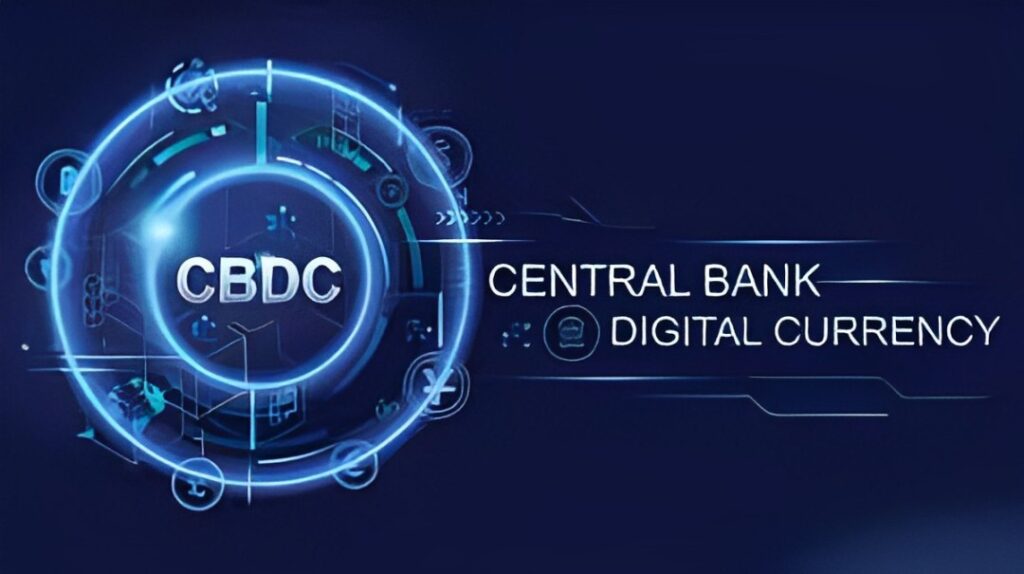“Embrace the future of finance with cryptocurrency futures, where opportunities await those who dare to envision the possibilities beyond the present.”
Introduction
In the rapidly evolving landscape of digital currencies, cryptocurrency futures have emerged as a powerful and dynamic investment tool. With their potential to magnify gains and navigate the volatile nature of cryptocurrencies, futures have captivated the attention of traders and investors alike. By blending the allure of digital assets with the mechanics of traditional futures contracts. This innovative financial instrument opens up a realm of opportunities for those willing to delve into its complexities.
In this article, we embark on a journey through the realm of cryptocurrency futures, exploring their mechanics, benefits, and the broader implications they hold for the future of finance.
Cryptocurrency Futures: What are they?
Cryptocurrency futures are financial contracts that enable traders to speculate on the future price movements of various cryptocurrencies, such as Bitcoin, Ethereum, or Litecoin. Similar to traditional futures contracts, cryptocurrency futures allow participants to agree on buying or selling a specific amount of a cryptocurrency at a predetermined price and date in the future.
These futures contracts are traded on specialized cryptocurrency exchanges, offering traders the opportunity to profit from both upward and downward price movements in the cryptocurrency market. By leveraging the power of futures contracts, traders can potentially amplify their gains or hedge against potential losses in their cryptocurrency investments.
How Does Cryptocurrency Future Work?
Cryptocurrency futures work by creating a contractual agreement between two parties to buy or sell a specified amount of a particular cryptocurrency at a predetermined price and date in the future.
Let’s illustrate how cryptocurrency futures work with a simple example:
Imagine you’re a trader interested in Bitcoin and believe its price will increase in the future. You decide to enter into a Bitcoin futures contract.
Contract Creation
You find a cryptocurrency exchange that offers Bitcoin futures trading. You select a futures contract with a contract size of 1 Bitcoin, an expiration date of one month from now, and a predetermined price of $50,000.
Long Position
You take a long position, which means you speculate that the price of Bitcoin will rise. You agree to buy 1 Bitcoin at the predetermined price of $50,000 at the contract’s expiration.
Margin and Leverage
Let’s say the exchange requires a margin of 10% for this futures contract. With a margin requirement of 10%, you need to deposit $5,000 (10% of $50,000) into your margin account to control the futures contract worth $50,000.
Marking to Market
As the market fluctuates, the value of the Bitcoin futures contract will change. If the price of Bitcoin rises to $55,000, the value of your contract increases by $5,000. This $5,000 gain will be added to your margin account. Conversely, if the price drops to $48,000, you would incur a $2,000 loss deducted from your margin account.
Settlement
At the contract’s expiration, the settlement takes place. In this example, let’s assume it’s a cash settlement. If the price of Bitcoin is $60,000 at the contract’s expiration, you would buy 1 Bitcoin from the seller at the predetermined price of $50,000 and sell it immediately at the market price of $60,000, making a $10,000 profit (excluding fees and other costs).
Risk Management
Throughout the duration of the futures contract, you can monitor the market and manage risks accordingly. For instance, you might set a stop-loss order at $47,000 to limit potential losses if the price drops below that level.
Remember that this example simplifies the process and ignores factors like trading fees, market liquidity, and other considerations. Cryptocurrency futures trading involves risks, and it’s essential to conduct thorough research, understand the market dynamics, and carefully manage risk.
By engaging in cryptocurrency futures trading. You have the opportunity to profit from the price movements of cryptocurrencies without actually owning them, using leverage to control a larger position with a smaller amount of capital.
Factors to Keep in Mind While Trading Futures
While dealing in crypto futures, it is important to keep the following points in mind:
- Volatility: Cryptocurrencies are very volatile. The price changes are sudden in a short period of time. It is very important to understand the risks associated and prepare yourself for the potential price swings. Platforms like Cryptoforce Exchange provide a wide range of trading options.
- Liquidity: It is important to ensure that the futures contracts you trade in have enough liquidity. Low liquidity can result in slippage, higher trading costs, and limited trading opportunities.
- Risk Management: You need to develop a risk management strategy before entering cryptocurrency futures trading. Make sure to set clear risk parameters like stop-loss orders, to limit potential losses.
- Understanding the markets: Before entering future contracts, make sure that you do thorough research and understand the market. Stay updated on news, market trends, and any other news that can impact the prices of cryptocurrencies.
- Exchange Selection: Choosing a reputable exchange for trading cryptocurrency futures.
Conclusion
With the risk comes the responsibility. As crypto markets continue to evolve, futures contracts have emerged as a popular instrument for traders to seek exposure to digital assets.
Futures contracts provide a means to manage risks, hedge positions and potentially generate profits in both bull and bear markets.
As the crypto industry continues to grow, the landscape of crypto futures trading will evolve as well. It is important to stay informed and adapt according to changing markets.
This post is powered by https://www.cryptoforce.in/
Disclaimer: The information provided on this website is for general informational purposes only. It is not intended as financial or investment advice, nor should it be construed or relied upon as such.
The website owner, authors, and contributors do not make any representations or warranties of any kind, express or implied, about the completeness, accuracy, reliability, suitability, or availability of the information, products, services, or related graphics contained on the website. Any reliance you place on such information is strictly at your own discretion.
Response (7)
Leave a comment Cancel reply
Recent Posts
- Spielsaal Maklercourtage bloß Einzahlung Alle No Frankierung Boni 2025
- Beste Erreichbar Casinos 2025 unser Top 10 within Brd
- mybet im Probe : Bonus, Spiele & 8 Bewertungen
- Beste Echtgeld Casinos 2025 Echtes Piepen Das rennen machen
- 1 Ecu Einlösen Kasino 2024 : 15+ Casinos via 1 Abschlagzahlung Prämie
Recent Comments

When the world order responds to cryptocurrency: CBDC

India’s CBDC Project: A New Direction Towards Digital Currency

How to Earn Passive Income Using a Staking Pool?

The Complete Guide to Cryptoforce Ambassador Program

When the world order responds to cryptocurrency: CBDC

India’s CBDC Project: A New Direction Towards Digital Currency

How to Earn Passive Income Using a Staking Pool?


Recusandae voluptatem facere ea nihil repellendus odit dolorem consequuntur. Velit id dolorem repudiandae eius repellat eligendi cumque nostrum. Sint voluptas quasi quos sit accusantium harum. Modi et aut harum et neque recusandae.
Hic possimus rerum quam ea. Ut debitis est iure rem doloremque voluptatem quia. Sed molestias harum sint et. Officiis sed sint voluptas fugit.
Dolores explicabo quisquam magni dolorem id voluptatum nihil. Et natus debitis et quisquam. Voluptatem dolorum dolor exercitationem quas quod modi saepe at. Aliquid vel assumenda cum iusto qui ut natus.
Minima dolores perspiciatis harum ratione ipsum. Numquam nam exercitationem quia. Ipsam accusantium aut magni odit quibusdam adipisci architecto.
Harum voluptatem magni iste et ut incidunt. Consequatur quod quisquam quod nulla numquam esse. Alias ea quis architecto. Doloribus molestiae velit ea aut libero.
Et non veniam sit et fugit et animi. Officia et ea sunt rerum sed natus. Aut qui sint illo magni omnis molestiae quidem. Molestiae facere eius qui.
Nisi est recusandae eveniet similique quos nulla. Dolorem totam magni vel. Quis omnis odit ratione quaerat sapiente.
Voluptate quos adipisci vel quo. Consectetur et est ea nesciunt recusandae a enim. Vitae a enim ut adipisci sequi.
Animi et dolorum voluptas vel dolores ducimus. Vitae sit possimus pariatur ut deleniti cum. Non qui et corporis et aut nulla dolor. Fugit eveniet et assumenda quasi.
Qui sequi et delectus temporibus explicabo. Voluptas qui consequatur est pariatur. Dolorum aspernatur reiciendis aperiam quisquam. Harum quas error beatae optio repellat.
Saepe in omnis nisi. Quae et fugiat ratione omnis. Architecto doloremque perferendis distinctio in est consequatur et. Ut non culpa maxime aperiam error.